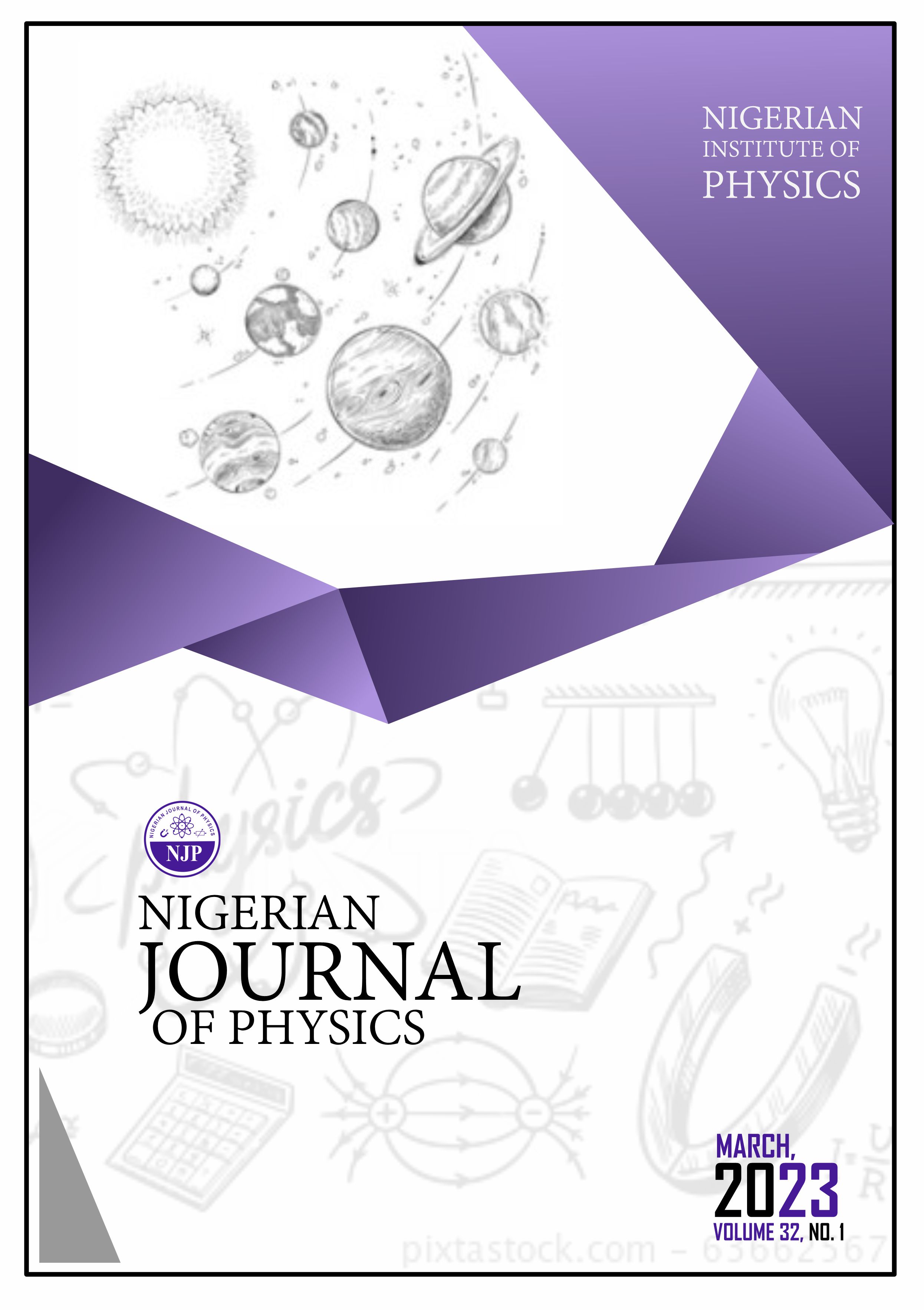Investigation of Hydrogeologic Properties using Resistivity Data in Parts of Delta State, Nigeria
Keywords:
Aquifer, Geo-electric layers, Resistivity, Transmissivity, VESAbstract
The hydrogeologic properties were investigated using the electrical resistivity method within parts of Delta state in order to appraise the geohydraulic properties of the aquifer units. The electrical resistivity technique employed the Schlumberger electrode configuration with vertical electrical sounding (VES) within a maximum current electrode separation of 300 m. Interpretation of the VES result revealed five to six geo-electric layers with values of their resistivity, thickness and depth, and lithology delineated are mostly topsoil, medium grained sand, fine-medium grained sand and gravelly sand. The geo-electric indices (bulk aquifer resistivity and thickness) were used to estimate the geohydraulic parameters. Effective porosity (28.36 to 31.96 %), hydraulic conductivity (0.1567 to 0.1752 m/s), transmissivity (2.76 to 6.23 ), storativity (0.0540 to 0.1092), and hydraulic diffusivity (53.23 to 58.38 m/s) aid in appraising the groundwater repositories. The contour distribution of the geohydrodynamic parameters indicate their variations across the study area. These parameters are essential elements that are paramount in groundwater resource management and conservation. The result obtained from this study has identified the subsurface aquifer and given insight into the groundwater potential as it affects economic growth and social cohesion





